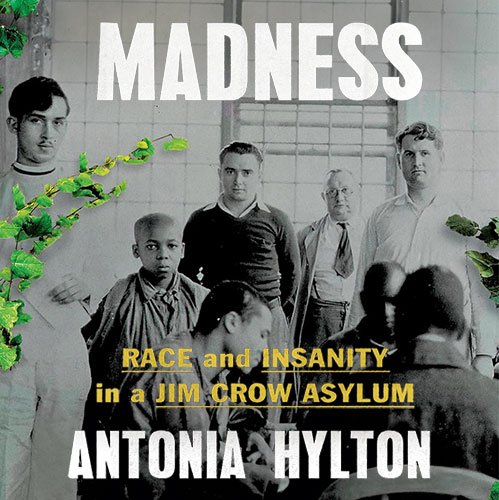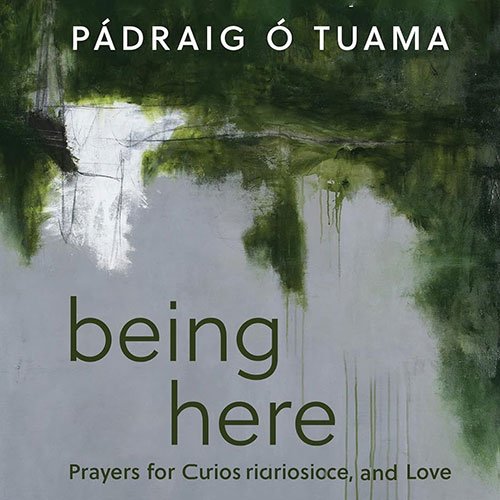Antonia Hylton’s “Madness: Race and Insanity in a Jim Crow Asylum” is a thorough and nuanced investigation of the complicated relationship between race, mental health, and the American legal system.
The book, which looks thoroughly into the history of Crownsville Hospital in Maryland, is a blistering indictment of the racial basis of mental illness care, particularly during the Jim Crow era.
Hylton’s study is praised for its extensive examination of mental health care segregation, showing abuse of Black patients and efforts to conceal these injustices. The hospital, which began as an antebellum-style work camp, grew into a significant institution, reflecting America’s larger conflicts over slavery, racial integration, and civil rights. Crownsville Hospital held approximately 2,700 patients at its height, providing a microcosm of the nation’s ongoing struggles. By the end of the twentieth century, the emphasis had switched from asylums to prisons and jails, signaling a fundamental shift in America’s attitude to mental illness and criminality.
To portray a complete picture of Crownsville’s history, Hylton uses a combination of journalistic inquiry, original research, and interviews. She deftly relates the consequences of chattel slavery to the treatment of Black hospital patients, who were also forced to work. Her investigation includes medical staff conduct, community attitudes, and the current situation of America’s mental healthcare system. The book raises painful concerns about our country’s inadequate narrative regarding mental health and race, highlighting the necessity of empathy and atonement in care.
In essence, “Madness: Race and Insanity in a Jim Crow Asylum” is a critical assessment of a terrible period in American history. It is both a historical study and a call to action, challenging readers to examine the history of mental health care and its profound ties to racial injustice. This book substantially contributes to conversations regarding civil rights, mental health care, and the long-term consequences of America’s racial past on its present and future.
Sources: Hachette, BookBrowse, Netgallery









